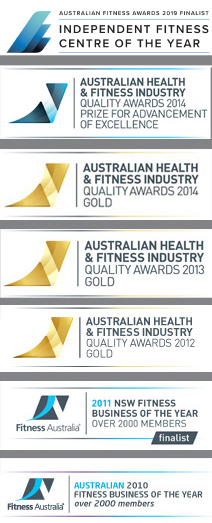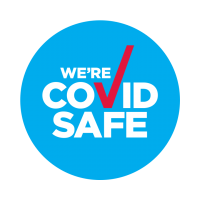Blood Pressure Fact Sheet
Blood Pressure is the pressure exerted on the artery tube when blood flows through the arteries. The pressure when the heart contracts and sends out blood is called the systolic (highest) pressure. The pressure when the heart di-lates and blood flows into the heart is called the diastolic (lowest) pressure.
We measure this using a machine called a sphygmomanometer and by wrap-ping an inflatable pressure cuff around your left upper arm. It is best to meas-ure blood pressure when you are relaxed and in a seated or lying position.
A normal blood pressure reading would be less than 120/80, however there is no ideal blood pressure as it can vary depending on your bodies needs and is affected by various factors such as exercise, emotional factors, stress and sleep. If blood pressure remains high it can cause serious problems like a heart attack, a stroke, heart failure or kidney disease.
A Heart Foundation Survey completed in 2010 found one in three Australians aged 30-65 years had been told by a doctor that they have high blood pres-sure. This equates to 3.5 million Australians.
High blood pressure, or hypertension, usually does not give any warning signs; you may have high blood pressure and feel perfectly well. Therefore it is im-portant that you have regular blood pressure checks by your doctor.
Your lifestyle is very important in helping you to control high blood pressure and its associated risks. Some simple things you can do to lower your blood pressure are:
- Achieve and maintain a healthy bodyweight
- Limit alcohol intake
- Participate in regular physical activity
- Do not smoke
- Reduce salt intake
Now that you’ve read our Blood Pressure fact sheet, take the quiz for your chance to win a 30-minute massage.
Entries due in the suggestion box at reception by 26 Dec.











